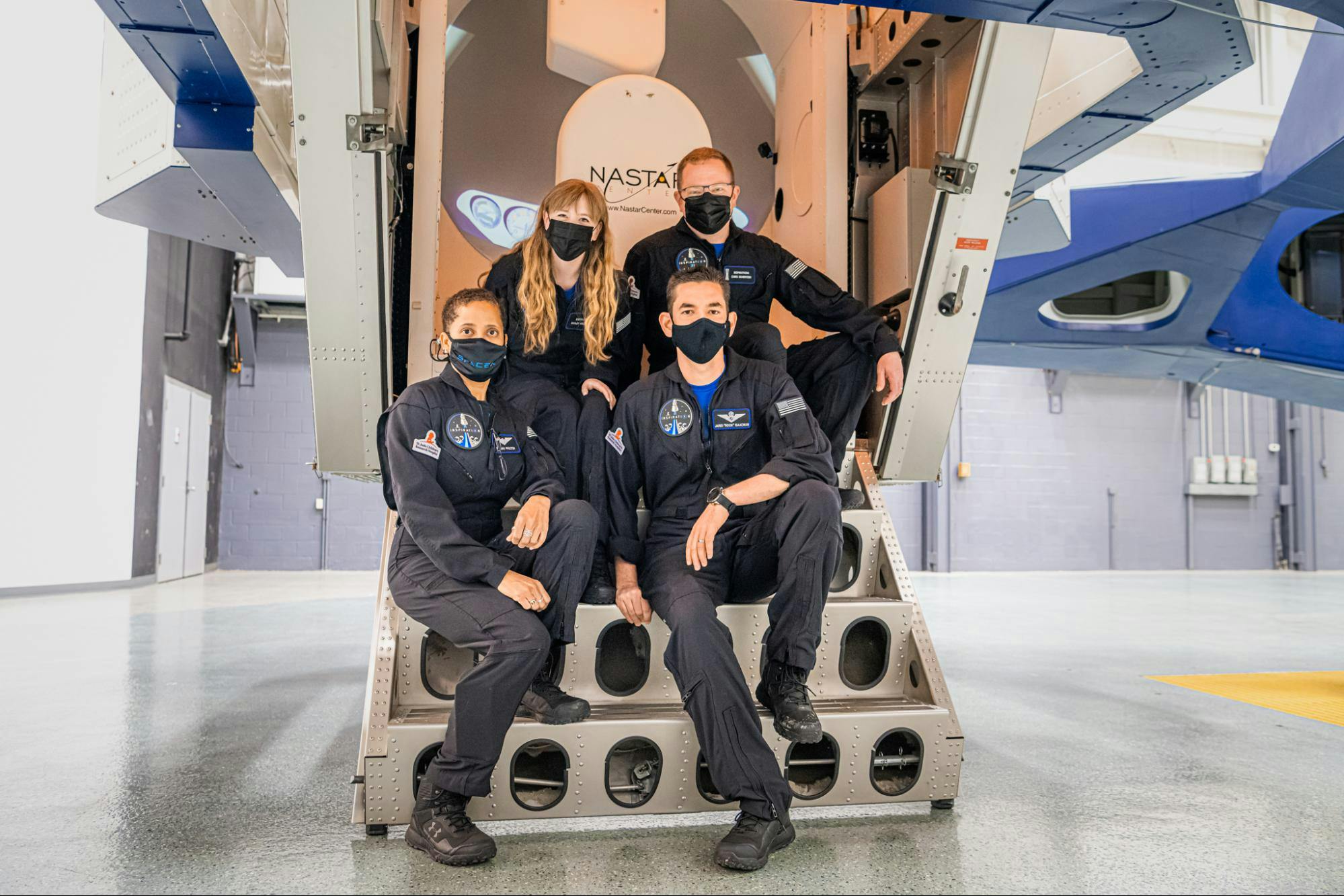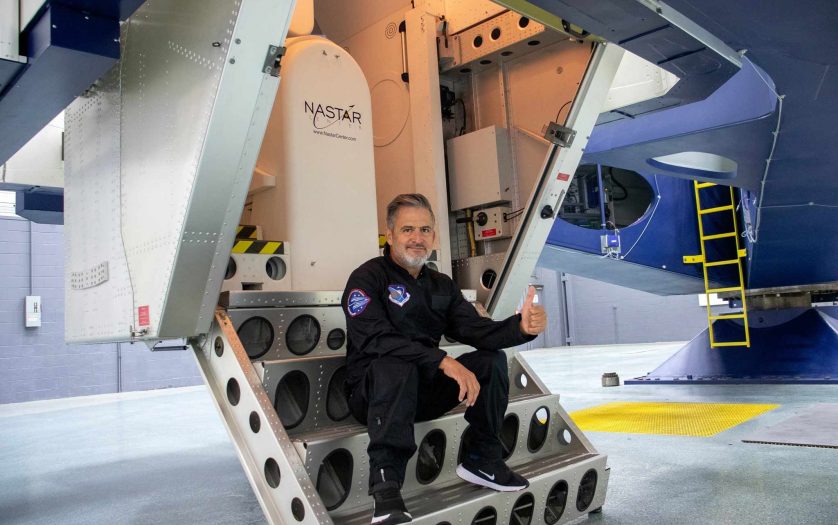Train for wherever
the mission takes you.
ETC’s National Aerospace Training and Research (NASTAR) Center is the first Federal Aviation Administration (FAA) approved center able to meet the training requirements for commercial human spaceflight (14 CFR § 460.5). It is recognized as the leader in orbital and suborbital spaceflight training and known for its Upset Prevention and Recovery Training (UPRT) program for commercial aviators.
NEWS AND EVENTS
To prepare for the gravitational forces experienced on the journey to space, the #Ax3 crew had to take a spin in the centrifuge. This training helps ready the crew for the G-forces felt during launch and landing.

The NASTAR Team spent two days with Hasard Lee and his team of pilots to conduct high-G training flights, dogfighting, and a canyon bombing run using our ATFS-400 High-Performance Human centrifuge. After a safety briefing and initial AGSM training, the crew successfully completed their 9.0 Gz qualification runs and proceeded to engage in downing MiGs and bombing targets. We appreciated their exceptional effort and enthusiasm, and we are excited to have them back for more such collaborations.

The modern space race has taken off, thanks in large part to the growing role played by private companies. As businesses send up more missions, build their own space stations and even think about mining the moon, they will need to find and train new types of workers. On the first episode of Tech News Briefing’s special series about the developing space economy, host Zoe Thomas looks at space jobs that go beyond astronauts.

Spotlight Labs unveils their new Combined Sensing System powered by SPYDR at the NASTAR Center. Spotlight Labs is a human-performance analytics and sensor company, focused on delivering world-class products for industries and occupations where decision-making can be influenced by physiological or environmental factors.
In this video, Noemi Distefano speaks to Glenn King, COO and director at the NASTAR Center, a division of training equipment manufacturer ETC, to obtain the company’s perspective on high-G and spatial disorientation training.

The NASTAR Center is featured in episode three of Netflix's Countdown: Inspiration 4 Mission to Space. At the NASTAR Center, the crew underwent centrifuge training to prepare for the various dynamic situations encountered during spaceflight.

At the NASTAR Center, the crew underwent centrifuge training to prepare for the various dynamic situations encountered during spaceflight — including launch, reentry, ocean splashdown, and a potential in-flight abort scenario.

Private astronaut missions are set to begin this year. But how do you prepare a civilian for spaceflight?
